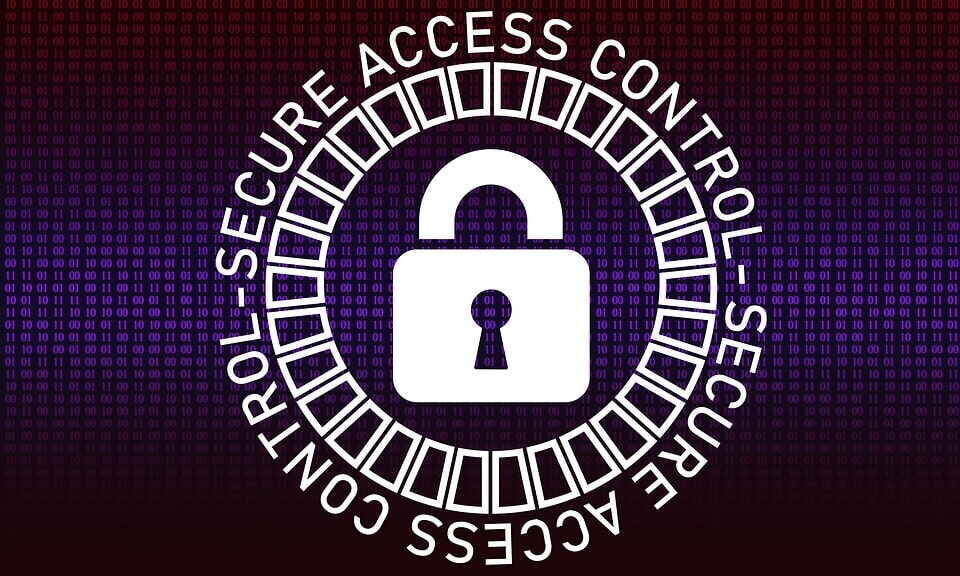
Following these top cybersecurity awareness tips will help your business improve your best practices for 2022, and strengthen your security stance as both cyber threats and compliance obligations ramp up. 2021 was yet another landmark year for infosec and the malware ecosystem, and the learnings from the past year and the tremendous ransomware events must inform your strategy going into the next.
Here are the top cybersecurity awareness tips for small business to follow in 2022:
Security Policy Comes Before Technology
If there is one lesson to take from staggering news stories like the SolarWinds, Kaseya and Colonial Pipeline hacks, it is that technology is always fallible when people are involved. Solutions are useless without clear and well-informed security policy, and only by starting with the recommendations below can you achieve full ROI from your cybersecurity tools.
Your Level of Executive Buy-in for Cybersecurity Awareness
Data security must be one of your business objectives in order to achieve it, and your IT can no longer be regulated to a sideline concern without any executive oversight (especially when executives themselves are a prime target of phishing). There needs to be at least a consolidated understanding from the top down as to how your digital assets impact your business, where disruption can hurt you, and what needs to be done to prevent or respond to an intrusion.
Balancing Budget and IT Security
When all is said and done, you can only invest so much in cybersecurity solutions while balancing your budget, and unfortunately most market-leading tools are priced for enterprise customers. However, there are still affordable options for base-level controls, and implementing best practices as policy can save you significantly on both the cost of new technology and of being breached.
Start with Cybersecurity Compliance
Chances are you are already obligated to implement basic security tools and practices to comply with some form of data privacy regulation for personal identifiable information (PII) (or protected health information, PHI). You MUST build your policy up from your compliance, since the cost of nonconformance can just as bad as a data breach, and most often the requirements reflect good practice regardless.
Keep Data Integrity Top of Mind
Hackers are almost always after your data in its many forms, whether to steal it or take control of it and sell it back to you, and this at least helps narrow down where you need to focus the most energy. Similarly, if mission-critical data is unobtainable during a disruption such as a breach or a natural disaster, then it will interfere with you being able to do business. Efforts should be concentrated on preserving the integrity of the information contained in your systems, and policy built out to fulfill them.
You MUST Perform Risk Assessment
As cliché as it may sound, the Art of War maxim about trying to defend everything holds very true for cybersecurity awareness. You need to know where you are most vulnerable by performing a deep risk assessment, and should implement policies to regularly test both your security gaps and capabilities.
Update Software & Remove at EOL
One of hackers’ favorite tactics is exploiting software bugs (or selling them to those that can), so falling behind on updates for your mission-critical applications will leave you exposed. This also means that once a system reaches End of Life (EOL), it generates increasing risk of being breached and needs to be removed from your technology stack ASAP.
Cybersecurity Solutions & Tools You Need for 2022
With good cybersecurity awareness and policy in place, you will get better use out of your tool stack and will be able to adapt best practices to your IT infrastructure. Here are some of the solutions and services you should look at for 2022:
Multi-factor Authentication (MFA)
Multi-factor authentication (MFA) provides two or more additional authenticators to login attempts before granting access to a system. More and more platforms are integrating MFA into their login process, and you should consider enabling them across the board as well as implementing a third-party solutions where there is no existing option available.
Single Sign-On (SSO)
Single sign-on (SSO) is an integration that enables users to access web-based applications with, as the name suggests, a single set of credentials through a consolidated authentication process. This allows you to centralize login security procedures and eliminate the number of touchpoints for user input in systems where timing is a factor (sensitive machinery, etc.).
Endpoint Detection & Response (EDR)
An endpoint detection and response (EDR) solution monitors potential security events in real-time, giving you visibility into all connected device activity as well as the means to respond to suspected malicious actions. EDR provides cybersecurity teams several tools to identify and counteract threats, making it critical to enforcing endpoint protection.
Business Continuity & Disaster Recovery (BCDR)
Business continuity and disaster recovery (BCDR) services provide everything from standalone backup solutions to planning guidance in accordance with your data loss risk and compliance needs. True BCDR incorporates all of the mission-critical tools and functions required to preserve the integrity of your data during disruption and ensure timely restoration of systems and ultimately your business processes.
Compliance as a Service (CaaS)
Compliance as a Service (CaaS) is an IT governance solution delivered via a cloud MSP (managed service provider) and is built around your industry’s specific regulatory needs for data integrity. CaaS can range from helping to keep your protocols up to providing the right level and type of encryption required for your databases.
Patch Management
Patch management solutions and services deliver proactive procedures for keeping your systems up to date, installing upgrades that improve your technology and protect your data from known vulnerabilities while mitigating downtime during the process.
Modern Antivirus & Antimalware
Most legacy antivirus programs are not built to handle the evolved threats and breach techniques of today, but modern antivirus software is frequently updated to address the latest risks.
Vulnerability & Penetration Testing
Penetration testing solutions simulate cyber attacks to help identify any existing vulnerability or security gap, and measure how far a malicious actor would be able to breach into your systems by exploiting those holes.
Cybersecurity Awareness Training
A comprehensive cybersecurity awareness training program both educates your employees on red flags to watch out for and gauges their level of cyber hygiene and preparedness by replicating common phishing techniques.
Learn How to Better Understand & Improve Your Cybersecurity
SWK Technologies will help you uncover you where your biggest vulnerabilities lie and deliver guidance as well as solutions that better prepare you for the cyber threats of today, and tomorrow. To learn more about the steps you need to take to better understand your risks before working to protect against them, watch our webinar on How to Understand and Improve Your Cybersecurity for 2022.
Watch our webinar here to see a walkthrough for discovering how to identify and defend against your greatest cyber threats.

